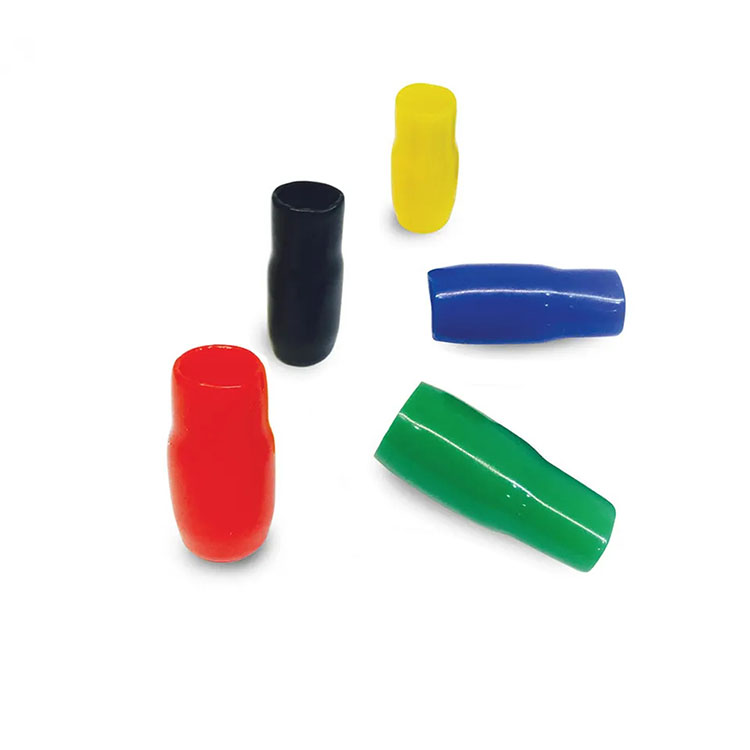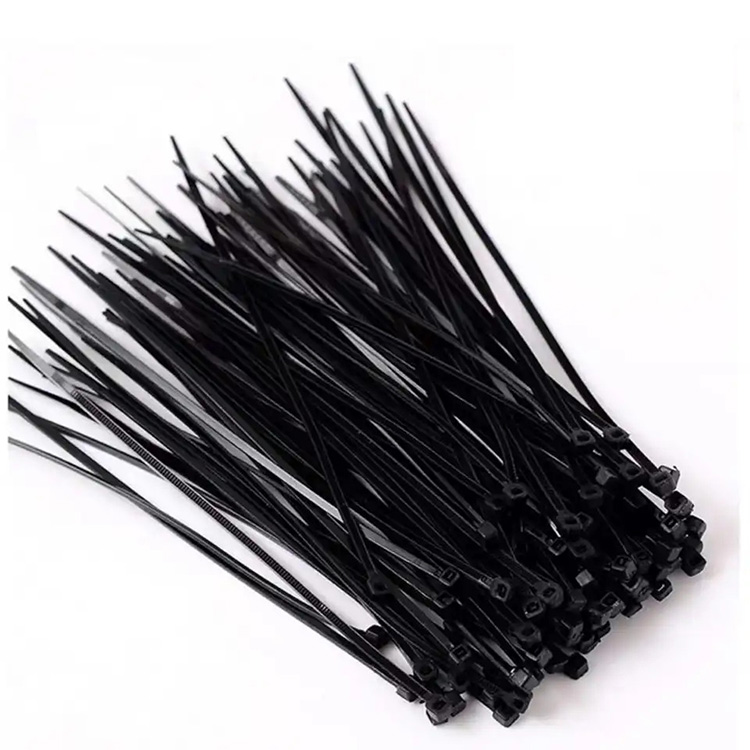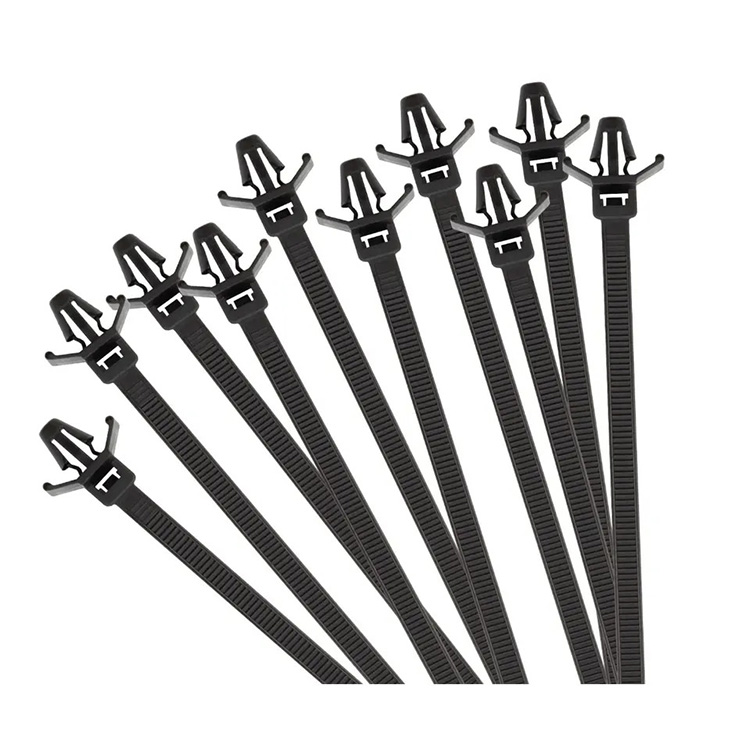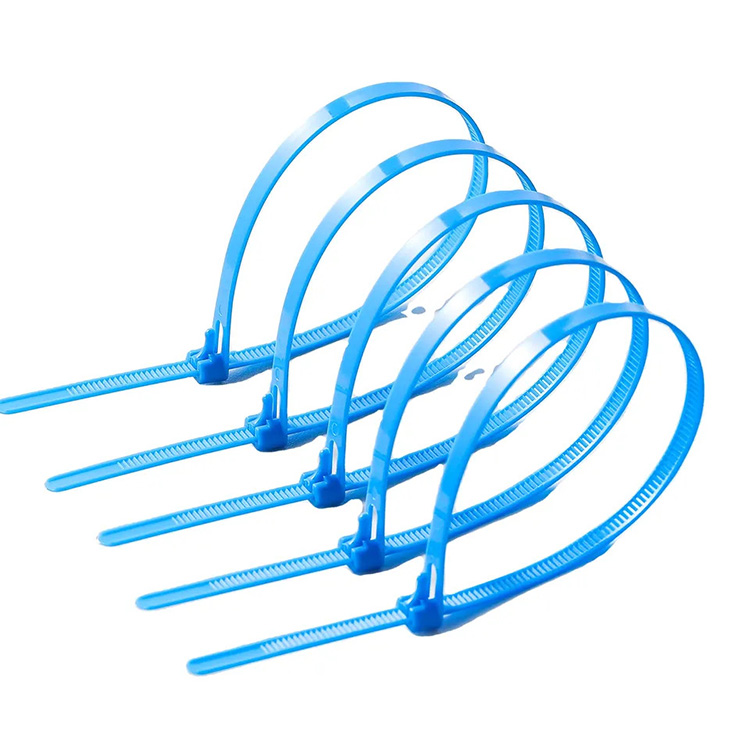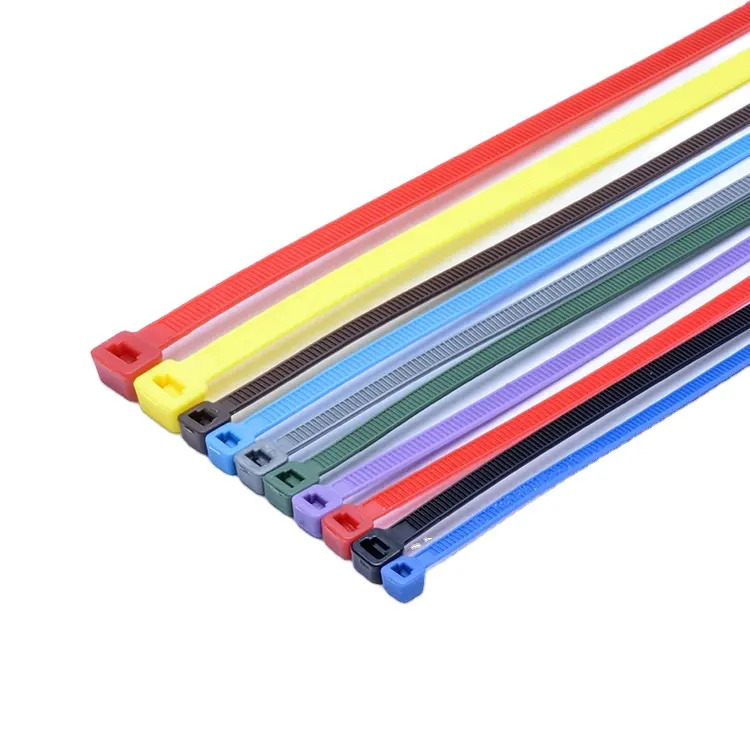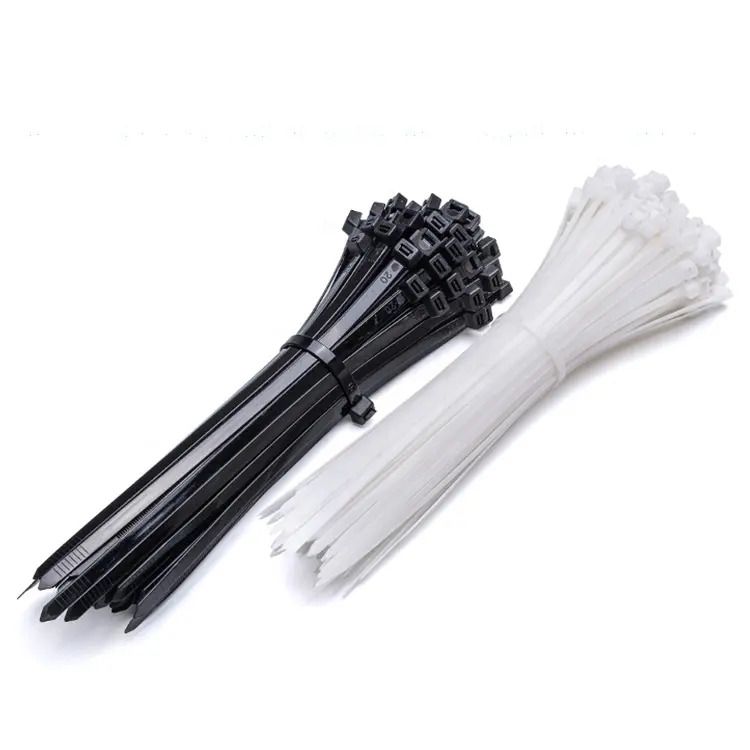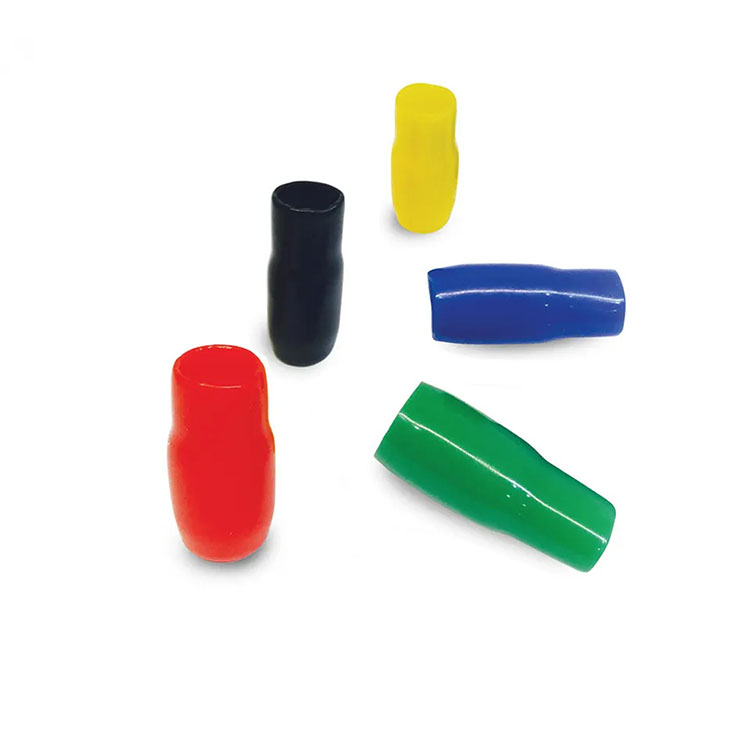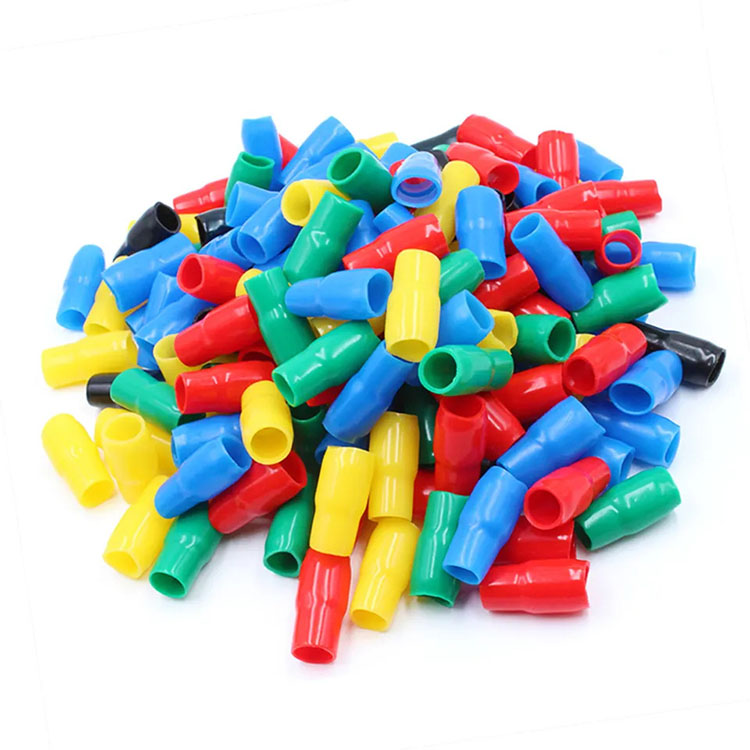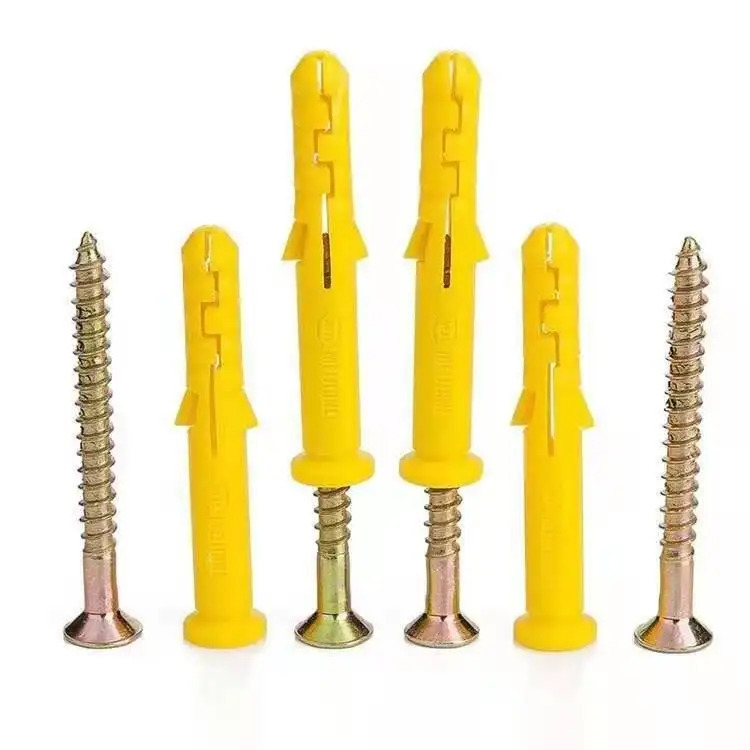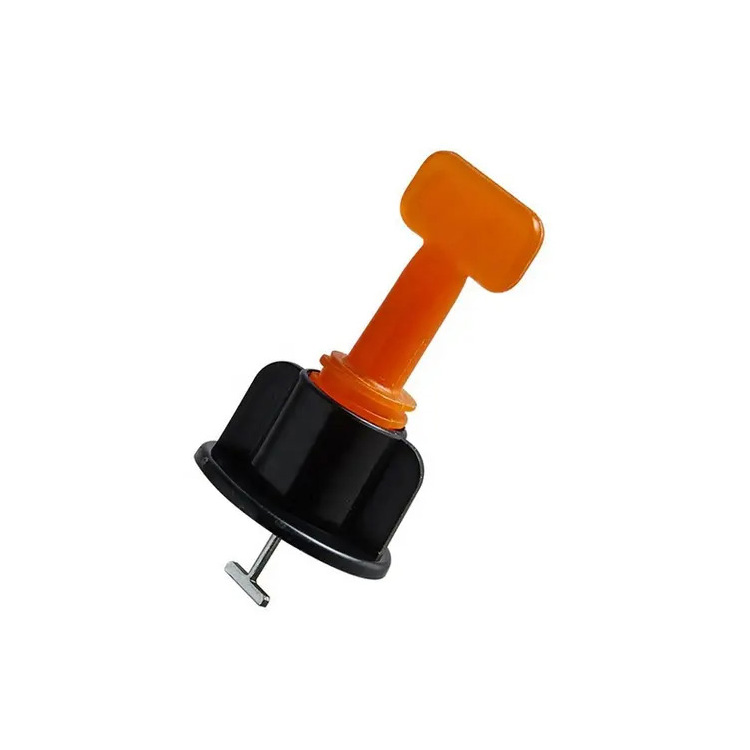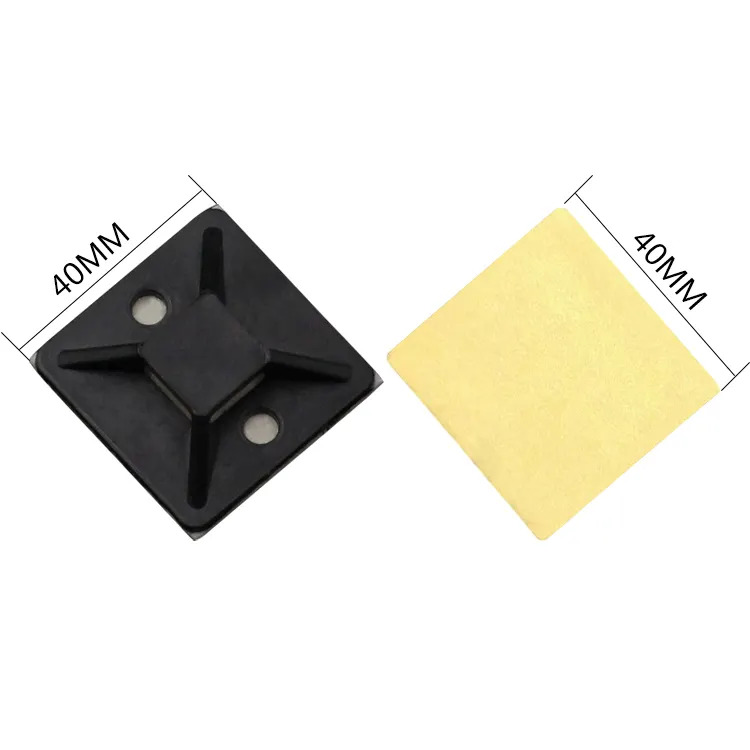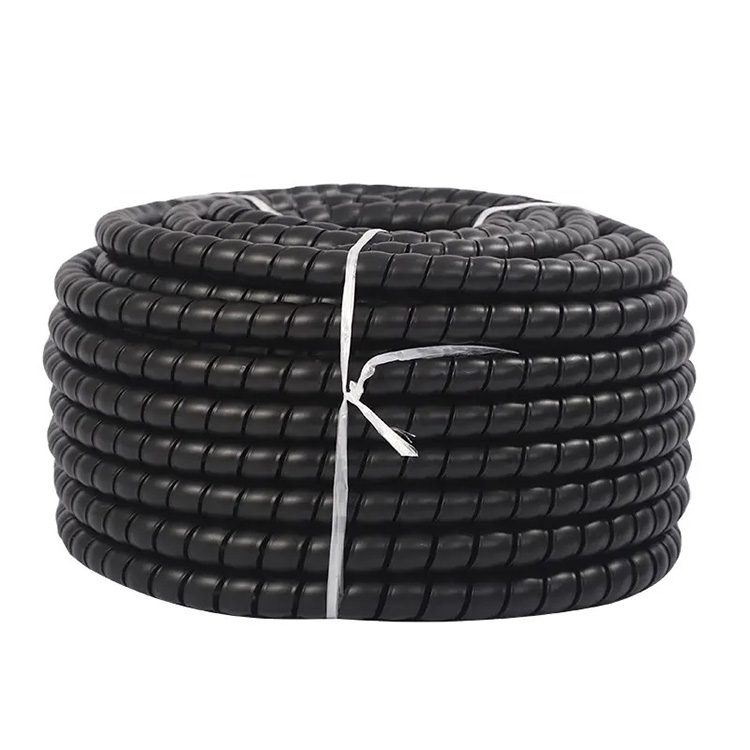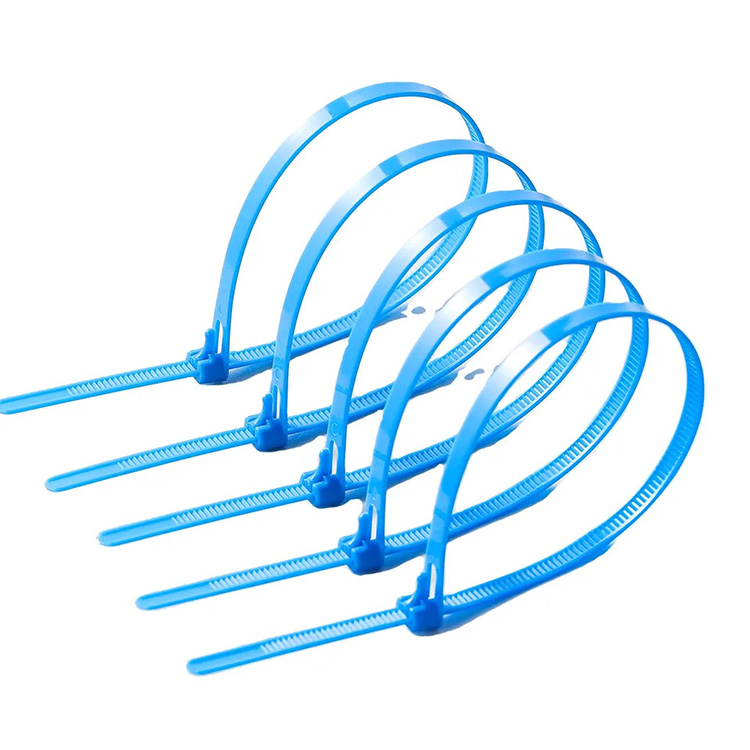Insulating Cap
A China YAGE insulating cap, also known as an insulation cap or insulator cap, is a protective cover designed to insulate and protect electrical connectors or terminals. It is commonly used in electrical wiring and connections to prevent accidental contact, short circuits, or electrical shocks.
Send Inquiry
Insulating cap
China YAGE Insulating caps are typically made of durable materials such as rubber, plastic, or silicone, which provide electrical insulation and resistance to heat, moisture, and other environmental factors.
The primary function of an insulating cap is to cover exposed electrical connectors or terminals to prevent accidental contact or short circuits. It helps to ensure electrical safety and maintain the integrity of the electrical system.
Insulating caps come in various shapes, sizes, and designs, depending on the specific application and connector type. They are often color-coded to indicate different voltage ratings or types of connections.
When using an insulating cap, make sure to select the appropriate size and type that matches your specific electrical connector or terminal. Ensure a proper and secure fit to provide effective insulation and protection.
Always follow safety guidelines and electrical codes when working with electrical connections and consult a qualified electrician or professional if you are unsure about proper installation or usage of insulating caps.
Insulating cap Feature and Application
An insulating cap, also known as an insulation cap or insulation cover, is a protective accessory used to cover and insulate electrical connections, terminals, or components. It helps to prevent electrical shock, short circuits, and damage caused by moisture or other environmental factors. Here's what you need to know about insulating caps:
Material: Insulating caps are typically made of durable and non-conductive materials such as plastic, rubber, or silicone. These materials provide electrical insulation and resistance to heat, moisture, chemicals, and other environmental factors.
Design: Insulating caps are designed to fit over electrical connections, terminals, or components, providing a protective barrier. They are available in various shapes and sizes to accommodate different types of connections and components.
Electrical Insulation: The primary function of an insulating cap is to provide electrical insulation. It prevents accidental contact with live wires or terminals, reducing the risk of electrical shock or short circuits. The cap helps maintain the integrity of the electrical connection and protects against the ingress of moisture, dust, or other contaminants.
Protection from Environmental Factors: Insulating caps offer protection against environmental factors that can potentially damage electrical connections or components. They help shield against moisture, dirt, chemicals, and UV radiation, extending the lifespan and reliability of the electrical system.
Easy Installation and Removal: Insulating caps are typically designed for easy installation and removal. They may feature a snap-on or slip-on design, allowing for quick and secure attachment over the desired connection or component. Some caps may also include integrated fastening mechanisms or adhesive backing for added stability.
When using insulating caps, consider the following:
Proper Size and Fit: Select an insulating cap that is specifically designed for the size and type of connection or component you need to cover. Ensure a proper fit to provide complete coverage and insulation.
Temperature and Voltage Rating: Check the temperature and voltage rating of the insulating cap to ensure it is suitable for the intended application. Different caps may have different temperature and voltage limitations.
Compatibility: Verify that the insulating cap is compatible with the specific electrical system, connection type, or component. Consider factors such as the insulation material, chemical resistance, and environmental conditions.
Maintenance and Inspection: Regularly inspect the insulating caps for signs of wear, damage, or deterioration. Replace any damaged or compromised caps to maintain proper electrical insulation and protection.
Insulating caps play a vital role in electrical safety and protection. They provide a simple yet effective solution for insulating and safeguarding electrical connections, terminals, or components from potential hazards, ensuring the longevity and reliability of electrical systems.
